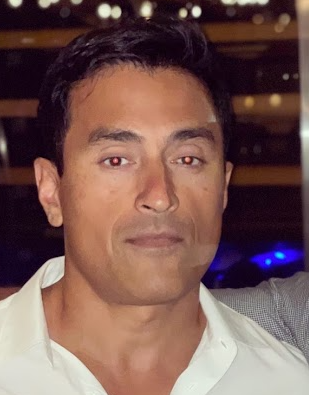How Magnetic Resonance Imaging (MRI) Enhances Neuroimaging: Dr. Andrew Gomes’ Perspective
How Magnetic Resonance Imaging (MRI) Enhances Neuroimaging: Dr. Andrew Gomes’ Perspective
Blog Article

The Transformative Power of MRI in Neurology
Magnetic Resonance Imaging (MRI) has changed the area of neuroimaging by giving very comprehensive photographs of mental performance and spinal cord. Unlike traditional imaging strategies, MRI employs effective magnetic areas and radio waves to make three-dimensional photos, which makes it an invaluable tool for detecting neurological conditions. With the capability to visualize soft tissues with exceptional understanding, MRI supports distinguishing tumors, irritation, and different abnormalities which are frequently overlooked by other techniques. Dr. Andrew Gomes shows MRI as a cornerstone in contemporary neurodiagnostics.
The Position of Diagnostic Radiologists in MRI
Diagnostic radiologists are specialists qualified to understand the complex images created by MRI scans. Their expertise is vital in distinguishing between normal and pathological findings, guiding therapy decisions for a wide selection of neurological conditions. Non-vascular interventional radiologists get an action further by using MRI to do specific, minimally invasive procedures. By leveraging MRI knowledge, they can target unique places for biopsy or treatment, minimizing individual risk and improving outcomes. Based on Dr. Andrew Gomes, the integration of MRI in to interventional radiology is a huge game-changer in patient care.
Dr. Andrew Gomes'Insights on Advanced MRI Methods
Dr. Gomes is a respected supporter for the constant improvement of MRI technology. He stresses the importance of sophisticated MRI methods such as for example functional MRI (fMRI) and Diffusion Tensor Imaging (DTI). These methods offer extra layers of information, including brain activity and neural pathways, which are vital for understanding complicated neurological disorders. Dr. Gomes feels that incorporating these advanced methods in to schedule diagnostic practices enhances the reliability of diagnoses and the effectiveness of treatment plans.
The Future of Neuroimaging and Patient Attention
As MRI engineering continues to evolve, its applications in neuroimaging are expanding. Future developments may possibly include higher-resolution imaging, quicker scan instances, and more comprehensive data integration. These advancements offer to help increase diagnostic accuracy and treatment outcomes. Radiologists like Dr. Andrew Gomes Sugar land tx are at the front of the inventions, ensuring that the most recent MRI technologies are harnessed to provide the greatest criteria of patient care. Through ongoing study and scientific request, the ongoing future of neuroimaging holds the prospect of even more revolutionary discoveries and increased individual outcomes.
Report this page